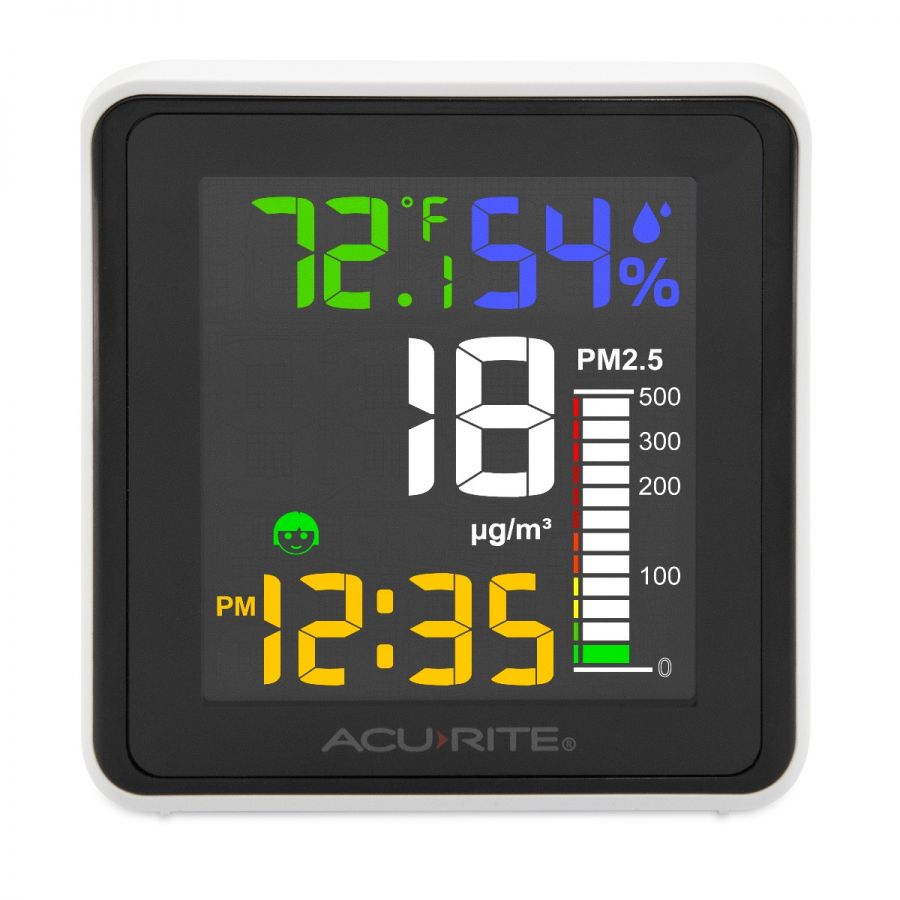10 Ways To Practice Mindfulness in a Work-From-Home World
Mindfulness is more than a trendy buzzword. Being conscious of yourself and your environment can help you stay grounded and healthy in a stressful world, especially when working from home. These mindfulness tips can help improve your mood, maintain your health, and keep your productivity level high while working from home.
What Is Mindfulness?
Mindfulness is the practice of being purposefully aware of your body and surroundings. You may hear people talk about “living in the moment” or “being fully present,” two phrases that highlight the aim of mindfulness. Another important aspect of mindfulness includes engaging in behaviors that help you feel both mentally and physically healthy. This is often referred to as “self-care.”
The business world has adapted the practice of mindfulness into a way to enhance productivity and work satisfaction. Through a professional lens, mindfulness focuses on ways to eliminate distractions to be fully present and engaged, whether you are at work, at home, or enjoying time with your friends and family.

10 Mindfulness Tips While Working From Home
Working from home comes with a set of challenges that can make it difficult to focus on work and prioritize your well-being at the same time. When your home is your office, there are fewer boundaries and lots of distractions. This can cause stress and friction between family members and housemates, affecting your mood, causing burnout, and even impacting your physical health.
These tips can help you eliminate unhealthy distractions, reestablish boundaries, and maintain your physical and emotional health when your home is also your office.
- Create a Consistent Schedule
While working from home, you're no longer subject to attending in-person meetings, taking scheduled breaks, or adhering to enforced lunch hours. Your schedule can — and probably still should — be more flexible at home than when you have to go to the office, but setting specific work hours with scheduled breaks for meals, stretching, and ending the workday can still help you be consistently productive without burning out.
- Pause To Feel Your Body
One of the keys to mindfulness is deliberately pausing to feel and take notice of your body and its physical surroundings. It’s all too easy to get lost in work and fail to notice that you’re hungry, cold, or in need of a bathroom break.
Every few hours, stop what you’re doing and consciously notice what your body is feeling. Is it cold? Do your shoulders ache? Are you hungry? Mentally acknowledge where you are and what you’re feeling. If you feel tension in certain areas of your body, consciously relax them. Take a sip of water, eat a healthy snack, or stretch if you have to, and then return to your work with a clearer mind.
- Build in Movement
Leaving home to go to work automatically introduces some movement into your day, not just in the commute but throughout the day. At home, those natural cues are disrupted, so it’s important to consciously build in movement breaks. These breaks are separate and distinct from working out to get physical activity – think of them more as stretch breaks. Stand and stretch, put on some music to dance to for a few minutes, take a walk to the end of the driveway, or stroll through the neighborhood.
- Define Your Work Space
Set aside a specific area in your home as your office. It will both help you compartmentalize your time and serve as a signal to others in your household that you are at work. It doesn’t have to be a separate room, but it should be a place where you — and only you — sit when you are officially working.
- Minimize Outside Distractions
Whether distractions originate outside your home or on your desktop, they can break your focus and make it more difficult — and stressful — to complete work. Some ways to minimize environmental distractions include closing the door, turning off the television, and positioning yourself so that you’re not looking out a window. You can decrease other distractions by closing social media apps and browser tabs that aren’t related to your current task or putting your phone in do-not-disturb mode.
- Maintain Comfortable Conditions
Even if you don’t consciously recognize it, being uncomfortable indoors affects your ability to work and increases your stress level. Making an effort to maintain comfortable heat and humidity levels will go a long way toward ensuring that your physical surroundings are healthy and best support your focus in your workspace.
The AcuRite AIR® Indoor Air Quality Monitor tracks and displays the temperature, humidity, and indoor air quality so that you can be sure your living and work areas are always at optimal levels. If you want the ability to monitor heat and humidity conditions in multiple areas of your home, try the AcuRite multi-room monitor. Based on the real-time air quality data in your home-work environment, consider adding a standard air purifier. Make sure to shop accordingly; air purifiers are designed to account for the size of the space, so if you're working from a large room, don't assume a small desk-size air purifier will be an appropriate solution.
- Set Meaningful Boundaries
Setting aside a dedicated workspace is one way to set boundaries, but it’s also important to set and maintain boundaries on your time and attention. When your home is your office, it’s easy to let work infringe on your personal and family time. Once you’ve set your schedule, stick to it. When it's time to clock out, turn off your computer and walk away. Resist the temptation to answer one more email or text. Not only do you have a right to “you time,” but it’s also vital to your emotional and physical health.
- Make Time for Recreation and Relationships
One of the biggest losses that people note in the transition to working at home is their loss of social connection. A study on the impact of working from home during the COVID-19 pandemic found that office workers reported feeling more isolated, anxious, and depressed. It might be helpful to schedule time to catch up with friends, either in person or virtually, or have a group chat with office mates to serve as a virtual water cooler or break room.
- Avoid Multitasking
Research shows that despite the popular belief that multitasking makes people more productive, people who focus their attention on one task at a time accomplish more and are less likely to make mistakes. If you have trouble focusing on the task at hand, try using a focus app to help you stay on task and remind you when to take a break.
- Practice Self-Care
Self-care is more than indulging in a decadent bubble bath or treating yourself to a massage. It is, quite literally, taking care of yourself. That means eating healthy meals, making time for physical activity, getting sufficient sleep, and taking care of your health.
Self-care also means looking out for your emotional well-being. The ongoing pandemic, with all of its related stresses, has inflicted a collective trauma on all of us. If you’re struggling with feelings of sadness, hopelessness, or anxiety, reach out for help.
Work-From-Home Mindfulness
With so many businesses and workers deciding to extend their work-from-home accommodations, these practices for self-care and productivity will continue to be necessary. Whether you work from home every day or split your hours between office and home, these mindfulness tips will help you stay healthy, connected, and productive. What are your tips and tricks for staying healthy and productive while working from home? Share and discuss below!







